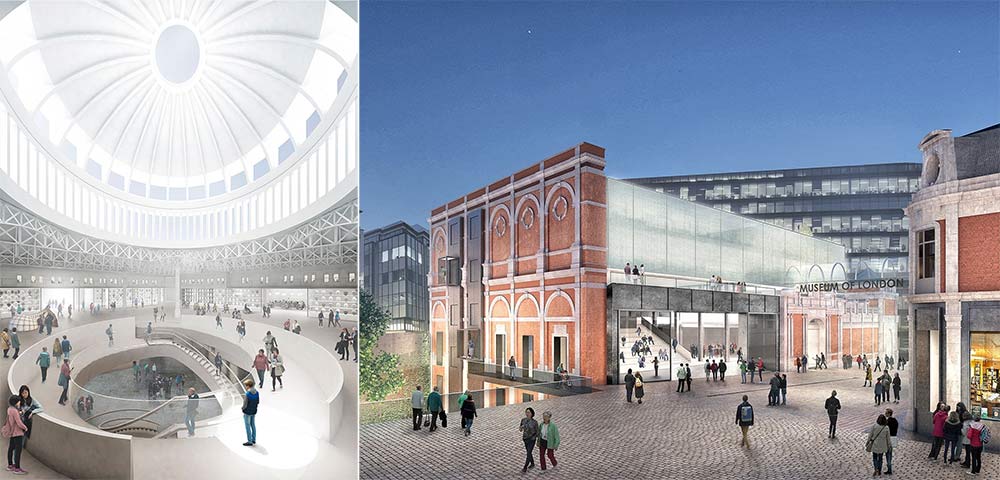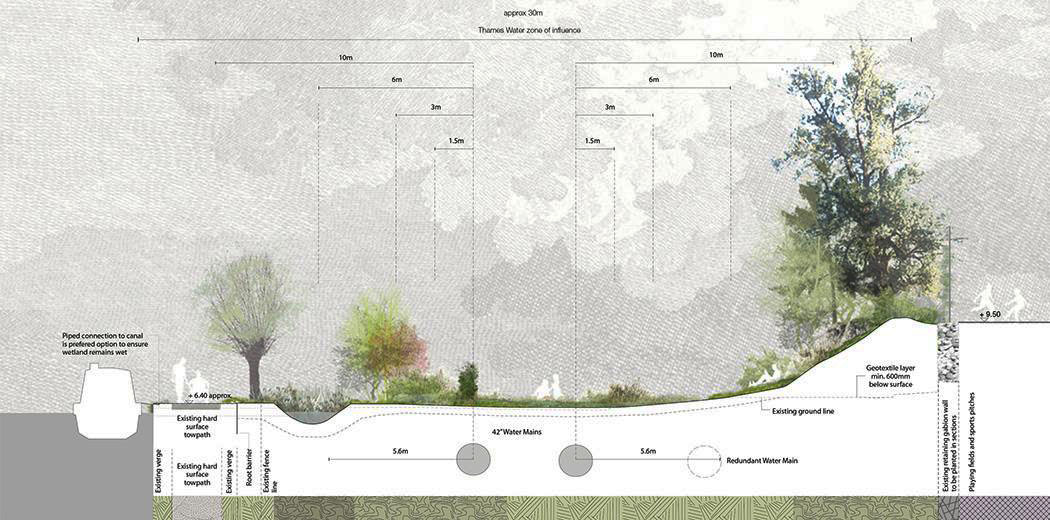Johanna of J&L Gibbons ECLAS lecture on Second Nature

Jo gave a most interesting lecture to the Greenwich ECLAS landscape architecture conference in September 2017. It had three themes.
First Urban forestry. Many of the principles of sustainable design come from forestry practice. When we have No Trees we will have No Future. Second, Soil. It is so sensual. We should pick it up and smell it. Third, Community. We made the Earth our habitat and have a responsibility for all life within it. Landscape architecture is surely the profession that is the best placed to deal with it.
Jo then spoke about three J&L Gibbons projects.
First the Lee Canal Park beside the QE Park. The community was invited to go on a ramble with the designers. You need to walk and talk and listen to clients. It was planned as a patchwork of habitats linked to biodiversity objectives. The canal park exists because of the water supply to Canary Wharf. They hired a big barge and invited members of the community – and the design team to cruise up and down the navigation. They also cycled and walked with them and it was very fruitful. Subprojects emerged out of the event. Biodiversity and play were integrated.
Second, the Dalston Eastern Curve, which was part of All London Green Grid. “It’s an extraordinary project”. One aspect was to make space in Dalston. “We said we needed 6 months to talk to people and set about mapping existing assets in collaboration with MUF. It became a disconnected park, which is right because you need open space near to where people live. We did proposals for 76 projects and presentations to get funding. The Eastern Curve was one of the largest and we were lucky to have people supporting us. We drew in energy from the community. The proposals were for longer-term temporary use. It created lots of apprenticeships. We wanted it to be intriguing so created keyholes to see in, rather than banners. It became a community social enterprise, built on trust between stakeholders and the community
Third, Smithfield Market, which was won in open international competition. At a public inquiry it was found that the developers who wanted to destroy the market had not considered the historic buildings. The inspector threw it out and the Museum of London had the idea of moving there.
Jo set up Landscape Learn last year to help people understand landscapes and share knowledge to explore the nature of nature, culture and stewardship. “We should be communicators. If we’re not communicating we’re not doing the job. Its incredibly important to realise that landscape design is not a linear process. We need constant feedback loops, going forward and back”. I agree, 100%

